Language revitalization: Nomadic schools in the Republic of Sakha (Yakutia), Russia
This text was produced for the Ságastallamin - Telling the Story of Arctic Indigenous Languages exhibition in 2019. Read more about the Ságastallamin exhibition.
People with reindeer: Community of Sidorov, shared by the International Centre for Reindeer Husbandry – ICR
Education for children on the move
The Republic of Sakha invests in nomadic schools so Indigenous children can pursue education close to nature, their families, and their traditional livelihoods.
The Republic of Sakha, also known as Yakutia, is a 3 million square-kilometre Russian administrative area – more than double the area of the huge Fennoscandian Peninsula – full of varied landscapes, climates, and cultural diversity. The region is home to five small-numbered Indigenous Peoples: the Evenki, Evens, Dolgans, Yukagir, and Chukchi. Traditional Indigenous livelihoods like fishing, hunting and reindeer-herding are still part of the day-to-day life in remote regions of Yakutia; families migrate from season to season between remote pastures and hunting grounds that are inaccessible by plane or road. Most nomadic children must attend conventional schools many kilometres away from their communities to attain education.
Nomadic schools either meet students at established settlements and trading points or migrate with nomadic Indigenous communities. In addition to common subjects like Russian and science, nomadic school curriculums incorporate lessons on herding reindeer, driving snowmobiles and using ATVs because these skills are necessary for traditional livelihoods. Spending more time in nature alongside their families helps children develop stronger family ties, cultural identities, and knowledge about their traditional economies. These strengths, in turn, help Indigenous languages pass from one generation to the next.
The number of schools, enrolled students, and teaching facilities is on the rise. The first unofficial Evenki nomadic schools were established a century ago. In 2008, the Republic of Sakha strengthened and stabilized the nomadic schools by codifying them in legislation. In 2015, the nomadic schools began to be modernized and supported systematically. 112 children from pre-school age up to the end of secondary school age attended 11 nomadic schools in 2019.
Still, there is a shortage of nomadic school teachers who have both a university degree and knowledge of the local language and culture, and maintaining these schools in the future will require substantial resources. To provide solutions, the Republic of Sakha launched a long-term state project called “Children of the Arctic” to improve northern education quality, preserve, and revive Indigenous languages. The project will further modernize nomadic schools by, for example, equipping them with e-learning capacities and healthcare facilities.
Disclaimer
All information was provided by the educational authorities of the Republic of Sakha.

